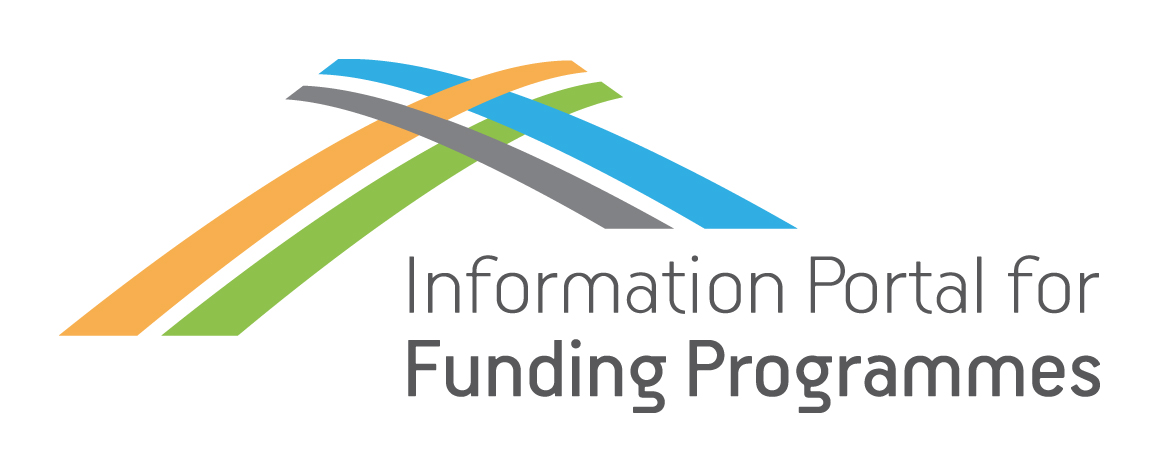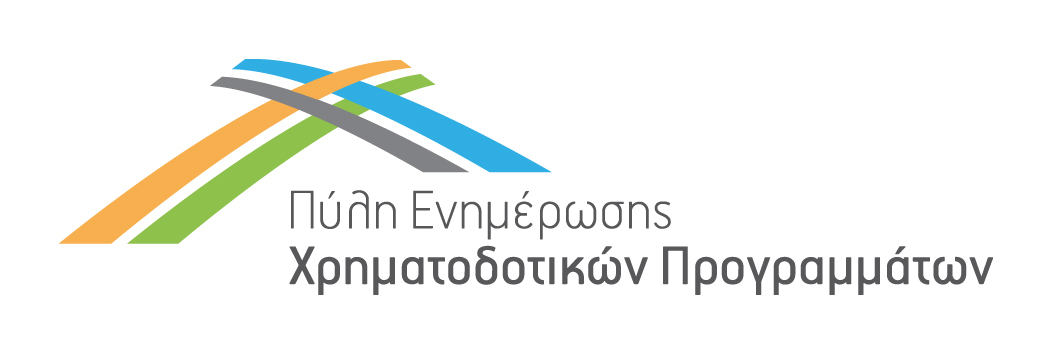Demonstration of battery energy storage systems in existing and new vessels via novel energy storage and ship design concepts (ZEWT Partnership)
Programme Category
Programme Name
Programme Description
Horizon Europe is the European Union (EU) funding programme for the period 2021 – 2027, which targets the sectors of research and innovation. The programme’s budget is around € 95.5 billion, of which € 5.4 billion is from NextGenerationEU to stimulate recovery and strengthen the EU’s resilience in the future, and € 4.5 billion is additional aid.
Identifier Code
Call
Summary
Batteries are highly efficient carriers of renewable energy and their increased use in various maritime transport applications enables decarbonisation and de-pollution of maritime transport.
Full battery electrification has already been demonstrated for small and medium-sized vessels.
This action aims to increase the range of fully battery electric operation of marine transport vessels in this size category. Actions addressing these challenges should also be aligned with the European strategy for economic security.
Detailed Call Description
Proposals should address full scale demonstration of battery- electric operation in one of the two following areas:
- Area A: seagoing vessels over 400 GWT
- Area B: inland river vessels above 86 meters
Proposals are expected to address all of the following aspects
- Demonstrate 40% increase in the vessel operating range with battery as the primary source of propulsion with respect to a 2024 state-of-the-art full electric baseline. The solutions should allow an operation range of at least 120 nautical miles (or equivalent, as appropriate for other applications) and be applicable to representative operating conditions of the chosen area (Area A: appropriate sea states; Area B: upstream and downstream operation on relatively free-flowing parts of major rivers). Proposed solutions can either be suitable for newbuilds or for retrofits on existing vessels. Project proposals should clearly indicate the baseline range, the expected range as an outcome of this project, and the corresponding operating conditions;
- Innovative measures for range extension, which should go beyond the simple scaling up of existing commercial battery systems to increase the range. Solutions are expected to include one or more of the following:
- New onboard energy storage system concepts enabling high energy-densities suitable for different waterborne applications;
- Innovative onboard energy efficiency measures including but not limited to, thermal management, electrical architecture, high voltage electrical components, energy management and energy modelling for optimal operation including weather routing, integration of renewable energy technologies (e.g. photovoltaic panels, wind-assisted propulsion), and improved vessel hydrodynamic efficiency;
- Concepts for extending the operating lifetime of batteries through advanced architecture, onboard monitoring, control, and analytics;
- Concepts for rapid in-route charging or battery replenishment while maintaining desired operating schedules. Fast charging and onshore power supply (OPS) concepts should adhere to the IEC/IEEE standards which are under development, and the consortium is expected to liaise with the technical committee in IEC/IEEE and converge technical solution with standard under development. Other solutions enabling intermittent in-route power transfer to vessels may also be demonstrated.
- Development of guidelines/recommendations for the safety assessment of the novel installations based on field testing. This should build on established safety guidelines and requirements such as the Guidance on the Safety of Battery Energy Storage Systems onboard ships (from the European Maritime Safety Agency – EMSA) and the requirements for fixed and swappable batteries on inland vessels (from the European Committee For Drawing Up Standards In The Field Of Inland Navigation – CESNI), as applicable, and contribute to their applicability to a wider scope of novel electrification solutions. Furthermore, recommendations for improving the guidelines and extending them to the demonstrated new battery installation solutions should be presented. Regulatory aspects for the pertinent safety-critical ship systems as well as fire safety solutions for the battery room should also be addressed;
- Replication case studies showing the applicability of the developed solution under emulated conditions for at least two other waterborne applications. The studies should demonstrate the opportunities of the developed solution, including the conditions under which the target of 40% range extension can be achieved, and provide an outlook of how this can lead to further range extension in the future. These studies should pave the way for further exploitation and market uptake activities as requested in the following point;
- The plan for exploitation and dissemination of results should identify adequate business cases and provide roadmap for the replication and deployment of the proposed technology, including plans for scalability, commercialisation, and deployment. Proposals should identify and propose opportunities for further market uptake under the Innovation Fund and complementary bunkering needs under CEF AFIF (Connecting Europe Facility – Transport Alternative Fuels Infrastructure Facility);
- Development of material for training, reskilling and upskilling of seafarers and shore-based personnel to use the developed solutions, by leveraging the expertise and educational resources of leading training providers and universities;
- Proposals must justify the contribution of their objectives, results, intellectual property (IP) management and exploitation strategy to the EU added value creation and strategic autonomy throughout the supply and value chain, including competitiveness of the EU waterborne industry, enhancement of the EU’s R&I capacity, technological know-how capabilities and human capital, and resilience of the EU industrial and manufacturing base. Proposals are encouraged to prioritise shipyards, equipment manufacturers and suppliers located in the EU and EEA.
Additionally, proposals are invited to prove the utilisation of big data and data science technologies to determine real-world references regarding ship performance, environmental impacts and maintenance needs of ships operating on low and zero-carbon fuels.
Call Total Budget
Financing percentage by EU or other bodies / Level of Subsidy or Loan
70%
Expected EU contribution per project: €7.50 million
Thematic Categories
- Environment and Climate Change
- Research, Technological Development and Innovation
- Shipping - Marine Transports
Eligibility for Participation
- Businesses
- Educational Institutions
- Large Enterprises
- Legal Entities
- Natual person / Citizen / Individual
- Other Beneficiaries
- Private Bodies
- Researchers/Research Centers/Institutions
- Services Providers
- Small and Medium Enterprises (SMEs)
- State-owned Enterprises
Eligibility For Participation Notes
A number of non-EU/non-Associated Countries that are not automatically eligible for funding have made specific provisions for making funding available for their participants in Horizon Europe projects.
Call Opening Date
Call Closing Date
National Contact Point(s)
Research and Innovation Foundation
Address: 29a Andrea Michalakopoulou, 1075 Nicosia, P.B. 23422, 1683 Nicosia
Telephone: +357 22205000
Fax: +357 22205001
Email: support@research.org.cy
Website: https://www.research.org.cy/en/
Persons to Contact:
Mr. Christakis Theocharous
Scientific Officer A’
Email: ctheocharous@research.org.cy
Mr. George Christou
Scientific Officer
Email: gchristou@research.org.cy




